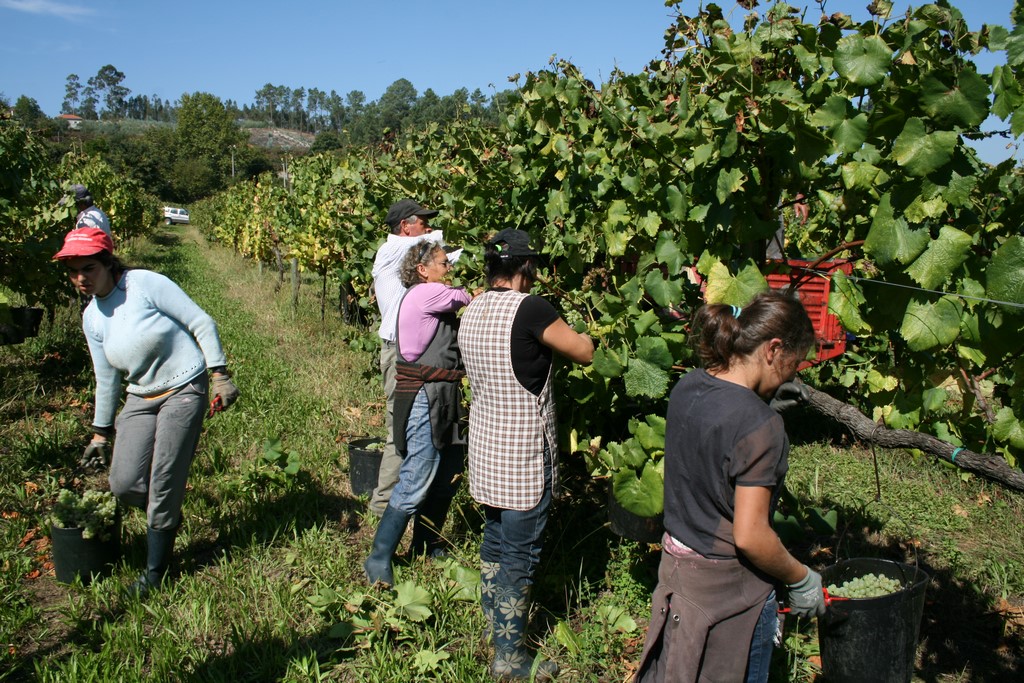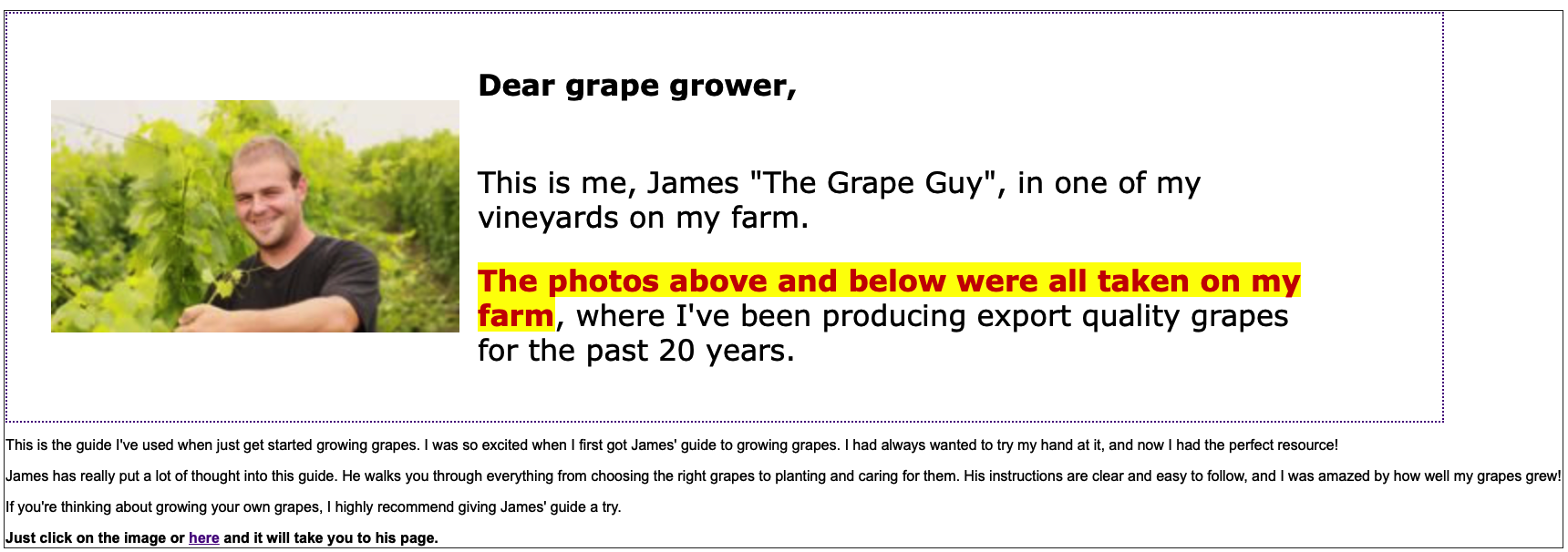Harvest time for grapes is a tricky time and a beautiful one. For a winemaker, knowing when to harvest is a matter of taste, skill, and awareness. A winemaker who notices more bird activity in the vineyard, for example, has just received an alert from Mother Nature that the grapes are ripe — the birds, raccoons, and bears are always first in line for sweet fruit.
What is the best time to harvest grapes for winemaking?
The best time to harvest grapes for winemaking is when the sugar content is high and has low pH. This usually happens when the grapes are a deep red or purple color.
Winemakers also use their intuition and experience to decide when to harvest. They may taste the grapes or look at how brown the seed is.
A winemaker’s intuition is critical in deciding when to harvest grapes. They need to be aware of the flavors and textures of the berries and the pH and sugar levels.
The best time to harvest depends on many factors, including weather conditions, the variety of grapes, and the winemaker’s intuition. However, most winemakers agree that harvesting when the grapes are deep red or purple is ideal.
Harvesting at the right time is essential for making good wine. Overripe grapes will produce a wine with high alcohol levels and low acidity. On the other hand, underripe grapes will have low alcohol levels and high acidity. Harvesting during the right period for your grape variety is key to making great wine.
Harvesting at the correct ripeness ensures that you can fully express all of the varietal flavors unique to each grape without being over-or under-ripe.
So many factors go into deciding when to harvest grapes. But some of the most important factors include:
-The sugar content of the grapes
-The pH of the grapes
-The variety of grape
-The weather conditions
-The experience and intuition of the winemaker
Wine makers’ secrets
As mentioned above, all those factors are important. But there are some secrets from winemakers too. Take a look:
- The color of the grapes is known as the “color of the table.” Red grape varieties will gradually become red as they mature. However, winemakers who have been doing it for a while know that true ripeness may take anywhere from several weeks to several months, depending on the weather and grape variety.
- The stems and grape seeds will be brown when fully mature.
- Grapes will have larger clusters, more juice and flavor, and a plumper appearance if you allow them to ripen in the sun entirely.
- In addition, the seeds of ripe grapes can be chewed easily and taste like a grape. When mature, they are brown as well.
- Ripe grapes have no bitterness in the flesh or seeds and are sweet with a hint of tartness. Winemakers will search for the greatest “varietal” tastes to come through to achieve their goal.
Winemakers also utilize technology to determine when to pick the grapes. They’ll bring a portable refractometer into the vineyard and check sugar levels with it. The greater the sugar level, the riper the grapes are.
Refractometer – a tool that might help
A refractometer is a tool used to measure the sugar content of grapes and other fruits. Grapes are ready for harvest when they reach a sugar content of around 24%. There are other things a winemaker will look for in grapes when ready to harvest, such as the color and thickness of the skin.

Thanks to the Refractometer, making wine is easier than ever before. This handy device helps you test the sugar content of grapes so that you can predict the alcohol degree of wine with accuracy. This refractometer is perfect for any liquid with a large-scale range and automatic temperature compensation. Plus, it’s easy to operate – just 2-3 drops of solution are needed for accurate readings.
Grapes that have reached the right sugar content can be harvested or picked early if the winemaker desires their sweeter fruit. The process should begin when birds take an active interest in the vineyard. If the grapes are harvested at just the right time, they can produce a balanced wine between sweetness and acidity.
What happens if you harvest the grapes too early or too late?
If a winemaker harvests their grapes too early, they may not reach the ideal sugar content or pH level. This could result in a wine that is not as flavorful or has high alcohol levels.
On the other hand, if a winemaker harvests their grapes too late, they may reach the ideal sugar content and pH level, but the berries will be overripe. This could result in high alcohol levels and low acidity.
It is important to harvest grapes at the right time to ensure that you produce a wine with good flavor and balance.
FAQ
In which month are grapes harvested?
Grapes are harvested in late summer or early fall. The harvest season usually starts in late August and goes until early October.
How do you determine when the grapes are ready to pick?
There is no one answer to this question. Every winemaker has a method of determining when the grapes are ripe. Some factors they may consider include sugar content, pH level, variety of grape, and weather conditions.
How long does it take for grapes to ripen on the vine?
It takes grapes about three to four weeks to ripen on the vine.
How long does it take for grapes to ripen after they are picked?
It takes about two weeks for the sugar content in grapes to increase once they have been harvested. The pH level will decrease at this time as well. It also generally takes three months before a grape begins to ferment when added into winemaking vats or tanks. This is due to the yeast working harder when the sugar levels are low.
What is the ideal time to harvest white wine grapes?
The ideal time to harvest white wine grapes is when they reach a light green or yellow color. This usually happens about two weeks before the red grape harvest. White wine grapes can be harvested later, but they will not have as much flavor.
What is the ideal time to harvest red wine grapes?
The ideal time to harvest red wine grapes is when they reach a deep red or purple color. This usually happens about three weeks after the white grape harvest. Red wine grapes can be harvested earlier, but they will not have as much flavor.
How long do grapes stay fresh after they are picked?
Grapes can last up to seven days when kept in a cool, dark place. They should still be attached to the stem with only three or four inches of stem remaining. If more than that is left on the grape, it will not stay as fresh for as long because more surface area is exposed to the air.
Is it better for wine if grapes are left on the vine longer?
Some winemakers believe that there is a benefit from leaving grapes on the vines longer, but most winemakers harvest their grapes when they reach ideal ripeness because it affects sugar levels and flavors of wines made from those grapes. There is no right or wrong answer to this question, as each winemaker has their own method and preferences.
What are some of the flavors that can be detected in overripe grapes?
Overripe grapes will have a raisin-like flavor, and they will be high in alcohol levels. They may also taste sour.
What are some of the flavors that can be detected in underripe grapes?
Underripe grapes will have a green apple-like flavor, and they will be low in alcohol levels.
Is it better to harvest red or white wine grapes first?
There is no right or wrong answer to this question. Some winemakers prefer to harvest white wine grapes first, while others prefer to harvest red wine grapes first. It all depends on the individual winemaker’s preferences and methods.
What is the sugar content of harvested grapes?
The sugar content of harvested grapes will vary depending on the grape variety and when it was harvested. The sugar content usually takes about three to four weeks after the grape has been harvested for it to increase.
Which type of grapes has more tannins?
Red wine grapes usually have more tannins than white wine grapes, but this is not always true because some varieties of red and white wines do not contain as much tannin.
Final Words
Ripeness is a quality that can be difficult to discern, but it’s also one of the most important factors when determining how good your wine will taste. To get an idea about when grapes are ripe for harvest, you should take into account things like sugar content and pH level, in addition to intuition from winemakers who have been harvesting grapes for years. In this article, we’ve provided some insight on what you need to know before deciding whether or not your grape crop has reached its ideal ripeness.


